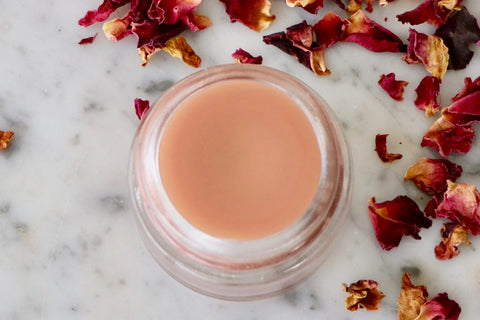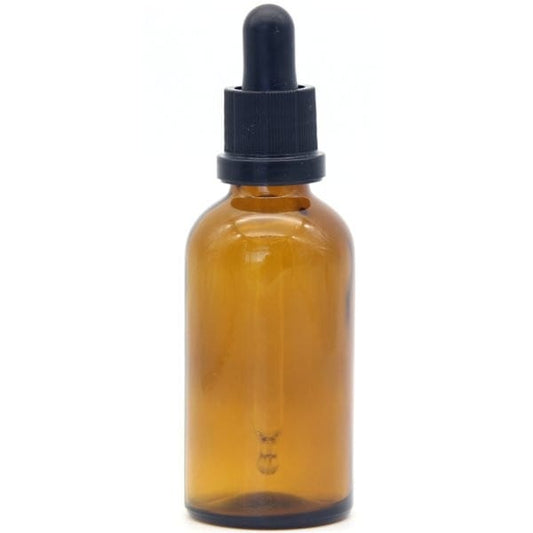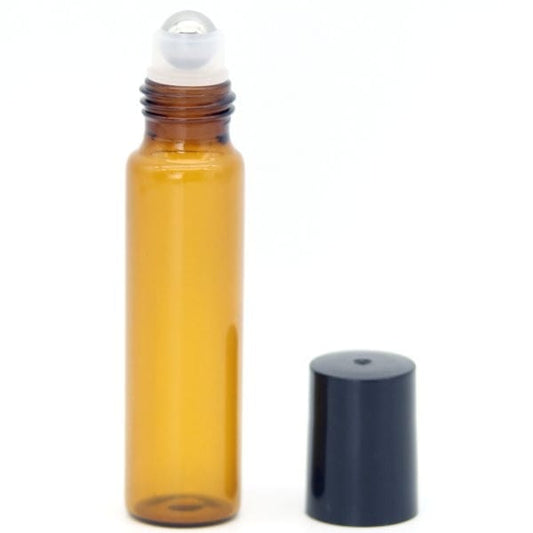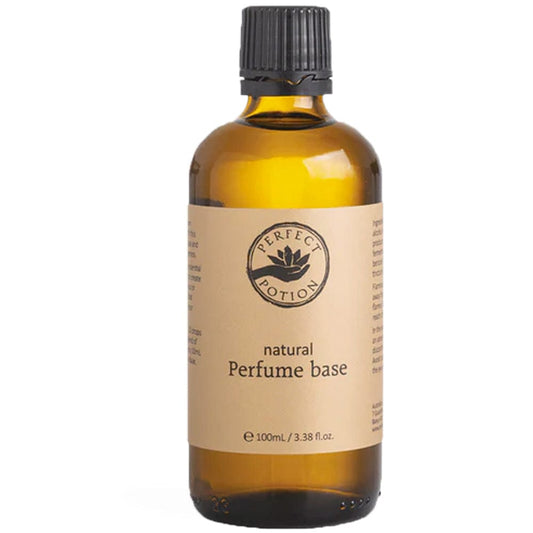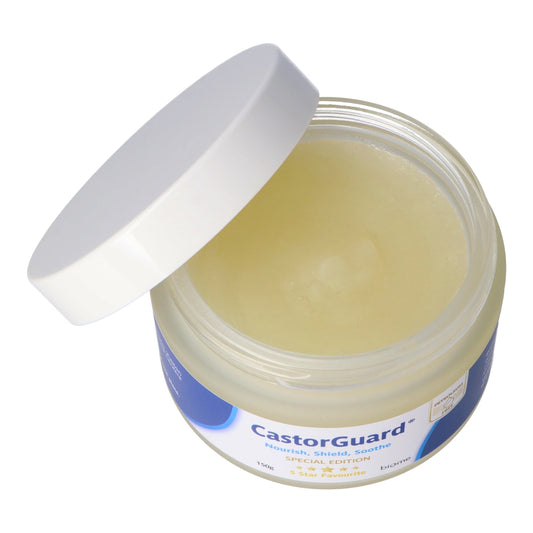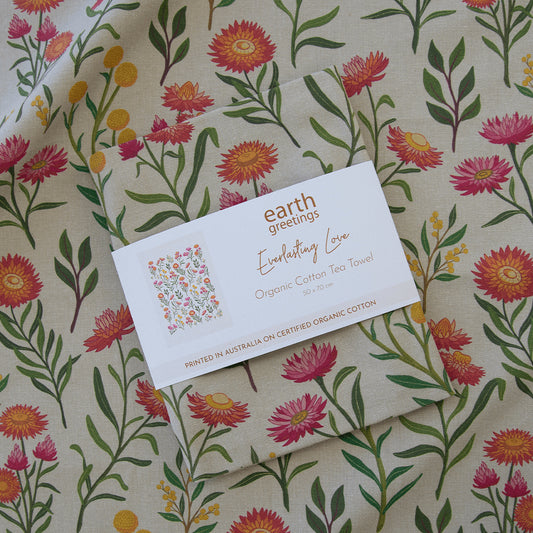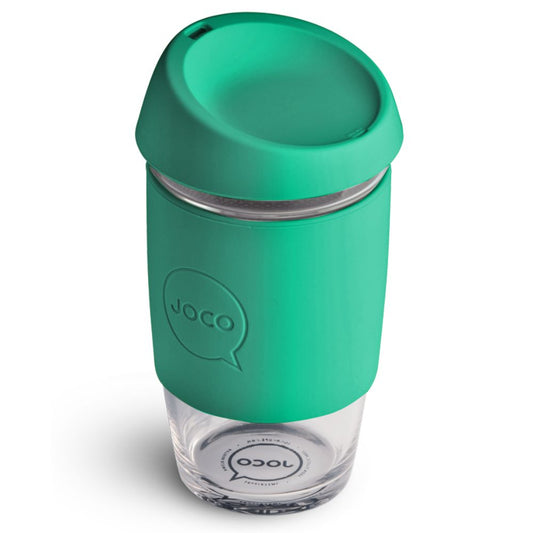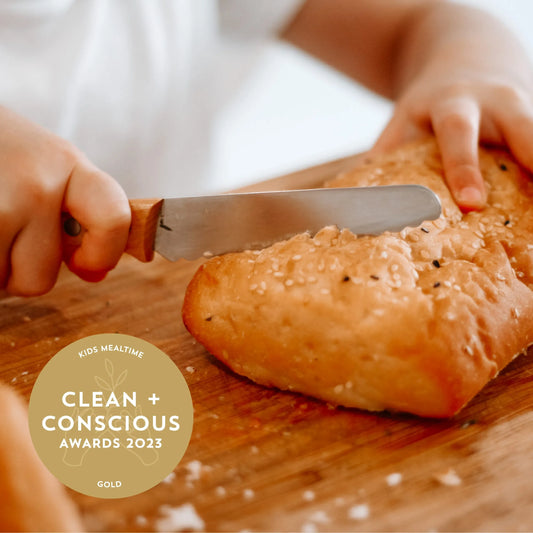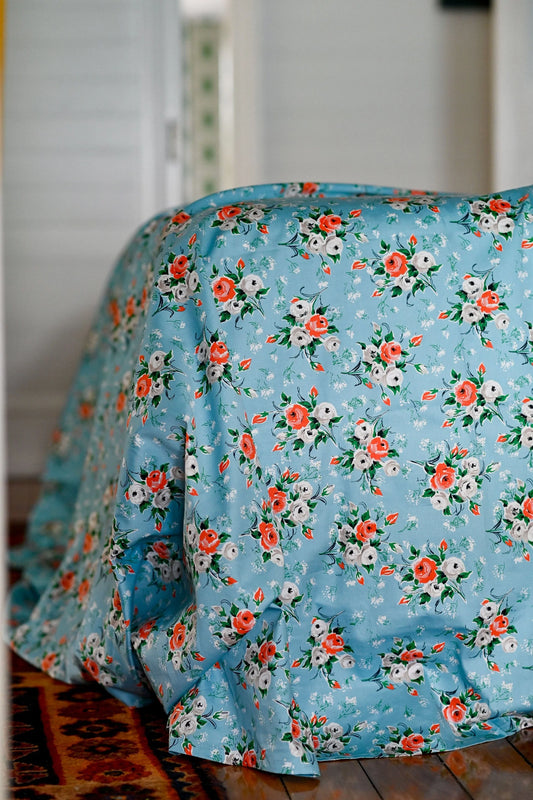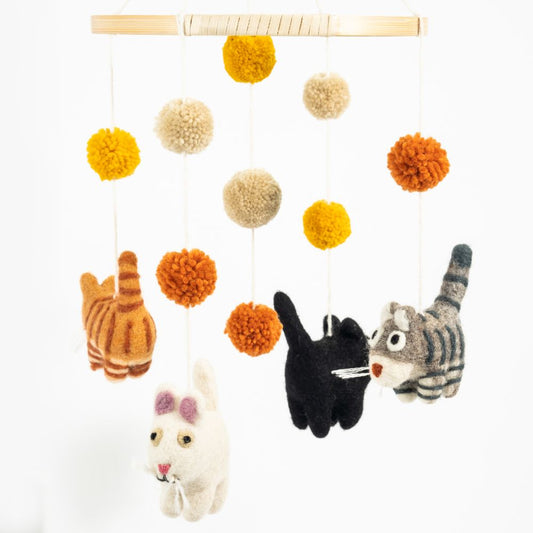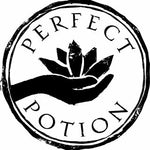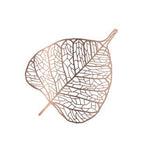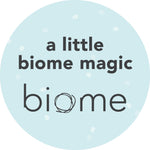Our toxin sensitive community is asking all the time how to make perfume oil at home, so you’ll be pleased to know it’s simple, natural, and toxin-free. Using essential oils, carrier oils, and botanicals, you can create your own homemade perfume oil, fragrance spray, or solid perfume balm.
Combining a delicate selection of plant oils, essential oil blends and dried petals allows you to make your own perfume and enjoy a personalised, natural, plant-based perfume that uplifts and soothes - with no synthetic parfum chemicals.
As innovators in making your own natural products, at Biome we've been curating the best essential oils and perfume-making ingredients for two decades, helping Australians and people all over the world craft natural scents that are safe for you and the planet.
Ingredients for making perfume oil
When learning how to make oil perfume, here's the basic ingredients you'll need:
- Carrier oils: Jojoba oil or fractionated coconut oil are popular choices.
- Essential oils: Choose single oils or blends for scent and aromatherapy benefits.
- Botanicals: Dried rose petals, lavender, or jasmine buds add beauty and subtle fragrance.
- Glass containers: Roll-on bottles, spray bottles, or tins for perfume balm. We recommend glass in recipes with essentials oil as they can cause the plastic to break down and release chemicals.
Botanicals & essential oils for DIY perfume
Here are some beautiful ingredients we love for making perfume oil:
- Jasmine Buds – calming, soothing, uplifting.
- Lavender Flowers & Oil – natural sedative, relaxing and fragrant.
- Rose Petals – soothing, romantic fragrance.
- Bergamot Oil – fresh, citrusy, helps with stress.
- Ylang Ylang – sweet floral scent, helps the body relax.
- Rose Geranium – liberating scent, may calm anxiety.
- Patchouli – spicy, woody fragrance.
- Sweet Orange – uplifting, relieves sadness and stress.
DIY natural perfume oil recipe
This essential oil perfume recipe is one of our favourites:
Ingredients (for 3 x 15ml roll-on bottles or 1 x 30ml dropper):
- 3 tbsp jojoba oil or fractionated coconut oil
- 8 drops sweet orange
- 6 drops patchouli
- 4 drops lavender
- 4 drops rose geranium
- 3 drops ylang ylang
- 2 drops bergamot
- Pinch of dried organic rose petals, lavender, or jasmine flowers
Method:
- Add carrier oil and essential oils into your glass bottle.
- Drop in a few flower petals.
- Cap and shake.
- Leave to infuse for a few days in a warm spot, shaking occasionally.
> For a single 15ml perfume oil, use around 8 drops of essential oils total.
How to use:
Dab on pulse points—behind the ears, wrists, and décolletage.
Tip: Always perform a patch test before using your DIY perfume blend.
How to make fragrance oil or scented oils
If you’re searching for how to make fragrance oil or how to make scented oils, the process is the same as above—simply experiment with different blends.
Try earthy patchouli, floral rose, or citrusy orange depending on the mood you’d like to create.
DIY perfume spray recipe
Prefer a mist instead of an oil? Here’s how to make natural perfume spray.
Be sure to use a sugar cane ethanol natural perfume base such as Perfect Potion’s Natural Perfume Base Customers buy this one again and again as it is perfect and makes perfume making super easy.
- Pour some perfume base into a glass spray bottle.
- Add your essential oils (10–15 drops per 30ml bottle).
- Shake gently before each use.
If you’re in Brisbane or Melbourne, visit a Biome store where our team can help you with all the ingredients.
Homemade perfume balm (solid perfume)
We also love DIY perfume in balm form, as it moisturises while you wear it.
👉 Follow our step-by-step guide: How to Make Your Own Perfume Balm.
Or try the ready-made options available at Biome: natural perfume roll ons, balms and sprays.
FAQ: DIY Natural Perfume
What ingredients do I need to make perfume oil?
Carrier oil (like jojoba or fractionated coconut), essential oils, dried botanicals, and a glass bottle.
What is the best carrier oil for homemade perfume?
Jojoba oil is often considered the best carrier oil for perfume because its structure is very close to the skin’s natural sebum, which means it absorbs quickly, feels light, and helps the scent last. Fractionated coconut oil is another popular choice since it’s lightweight, non-greasy, and has a long shelf life.
When choosing a carrier oil, consider:
- Skin type – Jojoba suits most skin types, while sweet almond oil is great for dry skin.
- Absorption rate – Lighter oils like fractionated coconut or grapeseed won’t feel heavy.
- Scent neutrality – Look for oils with little to no aroma so they don’t compete with your essential oils.
- Shelf life – Jojoba and fractionated coconut oil last longer without going rancid compared to oils like apricot kernel or grapeseed.
Other carrier oils you can experiment with include apricot kernel, grapeseed, avocado, sunflower seed, and sweet almond oil. Each has slightly different textures and skin benefits, so you can personalise your blend.
How long does homemade perfume oil last?
Around 6–12 months when stored in a cool, dark place.
Can I use essential oils directly as perfume?
No, always dilute essentials oils with a carrier oil to prevent irritation.
How do you make perfume oil smell stronger?
Increase the ratio of base and middle note oils (e.g., patchouli, ylang ylang) to anchor the scent.
Disclaimer
We share our DIY recipes to inspire your creativity — so have fun experimenting, knowing results can vary. Please patch test before use, and check with your health professional if you’re pregnant, on medication, or have sensitive skin. Remember, essential oils should always be diluted and never ingested.
More DIY inspiration
DIY Rose Water and 7 Ways to Use It
Make Your Own Floral Body Mist For Spring
DIY Everything Balm To Soothe, Heal & Moisturise
At Biome, we stock an extensive range of high-quality essential oils, perfume bases, and natural perfume products so you can explore, experiment, and find your perfect natural fragrance.
Related reads at Biome
The Fragrance Headache: How To Avoid Synthetic Fragrances
What are Essentials Oils: Properties and Uses
12 Truths About the Mystery Fragrance Ingredient
5 Reasons Biome is a Fake Fragrance Free Zone
The Fake Fragrance Illusions: How Companies Sell Emotion in a Bottle




